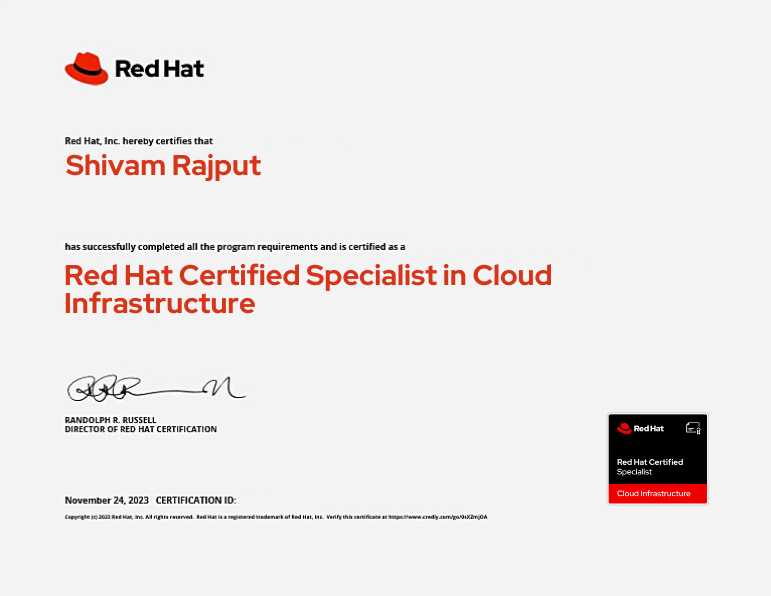Students enrolled in CL110, Red Hat OpenStack Administration I: Core Operations for Domain Operators, will focus on carrying out both standard and customized tasks that are essential for managing an OpenStack overcloud production domain. The course will give students the skills necessary to use both web-based and command-line interfaces to navigate OpenStack. Among the program’s primary competencies are
- Launching instances to fulfill various use case scenarios.
- Managing users, quotas, roles, domains, and projects in a multitenant environment.
- Managing IP addresses that are floating, subnets, routers, and networks.
- Improving instance security with access keys and group rules.
- Block, object, and shared storage creation and management inside the OpenStack framework.
- Customizing cloud-init instance launches.
- Utilizing stack templates to implement the deployment of scalable applications.
- Convey Red Hat OpenStack Platform utilizing RHOSP chief.
Audience for the Red Hat OpenStack Training course
This course is designed for Linux system administrators, Cloud administrators, Cloud users, and cloud operators who are involved in the deployment of application instances and stacks, domain operators who oversee resource and security management for cloud users, and other cloud domain staff who are either accountable for or interested in managing applications on private or hybrid OpenStack clouds.
Requirements for the Red Hat OpenStack Training course
- Obtain the Red Hat Certified System Administrator (RHCSA) credential or demonstrate a comparable level of experience.
- You can take a skill assessment to find out how proficient you are if you haven’t earned your RHCSA.
Attend a free demo – Click Here!

